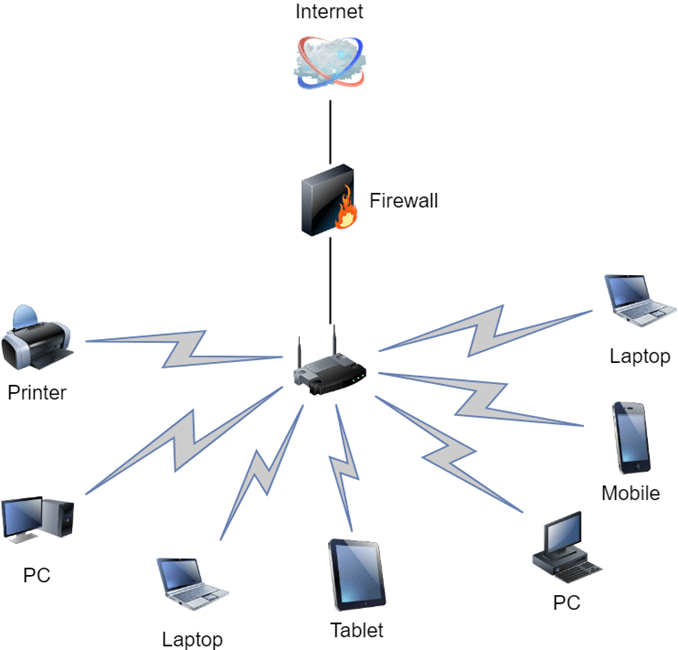A Computer Network is define as the interconnection of two or more computers. It is done to enable the computers to communicate and share the available resources.
Computer Network is a system which allows communication among the computers connected in a network. During 20th Century the most important technology has been the information gathering, its processing and distribution.

In the old model a single computer used to serve all the computational needs of an organization. But now it is replace by a new model in which a large number of separate but interconnected computers do the job. The computers connected in a network shares files, folders, applications and resources like scanners, web-cameras, printers, etc.
We can say that the two computers are interconnect with each other if they exchange information. The connection between the separate computers can be done with a copper wire, fibre optics, microwaves or communication satellites. Each node in a computer network is a computer or a connecting device such as a hub, or a switch.
In a computer network, we need to make use of hardware and software. The hardware consists of connecting cables, connectore, network connecting devices and the software consists of protocols, programs, etc. This enables the systematic exchange of information between the computers connected in the network.
Need and Applications of Computer Network
The computer networks are necessary because of the following points:
(1) For sharing the resources such as printers among all the users.
(2) For sharing of expensive softwares and database.
(3) To facilitate communication from one computer to the other.
(4) To have exchange of data and information amongst the users, via the network.
(5) For sharing of Information over the geographically wide areas.
(6) For connecting the computers between various buildings of an organization or for educational purposes.
Components of Computer Networks
Following are some of the important components of Computer Networks:
- Two or more Computers
- Cables (coaxial, twisted pair or fiber optics) as links between the computers.
- A Network Interfacing Card (NIC) on each computer.
- Switches or other suitable connecting device.
- A software called network operating system.
Advantages of Computer Networks
(1) Increases Speed : Networks provide a very fast means for sharing and transfer of files. If the computer networks would not have been there, then we would have to copy the files on CDs or pen drive and send them to the other computers.
(2) Reduces Cost : Many popular versions of software usable for the entire network are now available at Considerably low cost as compare to individual license copies.
(3) Improves Security : It is possible to protect the programs and files from illegal copying. By allotting password we can restrict to authorized users only.
(4) Flexible Access : It is possible for the authorized users to access their files from any computer connected on the network. This provides tremendous flexibility in accessing.
Disadvantages of Computer Networks
(1) High Cost of Installation : The initial cost of installation of a computer network is high. This is due to the cost of cables, network cards, computers, printers and various softwares that are require to install.
(2) Requires time for Administration : Computer networks need proper and careful administration and maintenance. This is a time consuming job.
(3) Failure of Server : If the file servers goes down then the entire network comes to a standstill. If this happens then the entire organization can lose its valuable time and access to the necessary programs and files.
(4) Cable Faults : The Computers in a network are interconnected with the help of connecting cables. So cable faults can paralyze a network.




